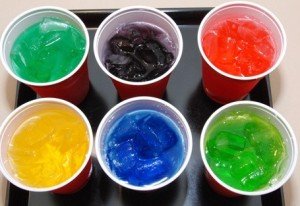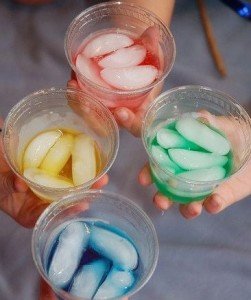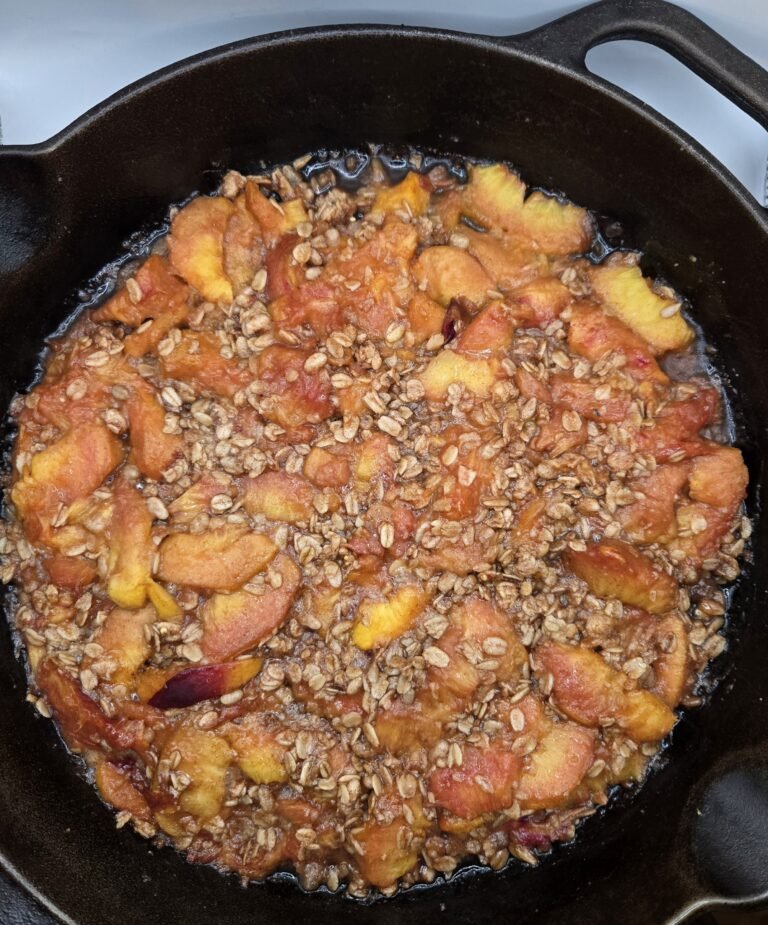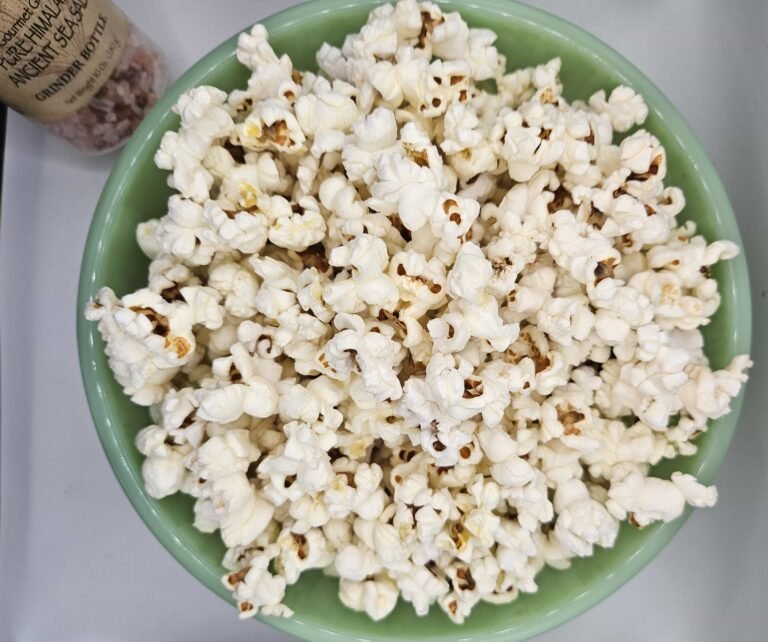There are three types of colors used in food and cosmetics. First are natural colors that come from nature, plants, insects, etc. such as turmeric and annatto. Second are synthetic colors that are given FD&C numbers generally meaning the FDA has approved them for use in Foods, Drugs & Cosmetics. In the USA, there are seven artificial colors permitted in food since 2007; most of them I previously discussed. In the European Union, E numbers are used for all additives, both synthetic and natural.
Third are dyes and aluminum lakes made from FD&C colors. Dyes are water-soluble. Lakes are oil dispersible and more stable than dyes, so they work well for coloring products containing fats or lacking sufficient moisture to dissolve dyes. Natural colors are more expensive, there are limited and less vibrant shades, and they are not as concentrated.
Besides colors, other additives for processing foods have health effects. Preservatives, emulsifiers and stabilizers, and flavor enhancers (like MSG), are all used in processed foods and sometimes labeled as “inactive ingredients” in medications. Possible health effects of additives include allergies and nose polyps, asthma, hyperactivity, chromosomal damage, dermatitis, and tumors and lymphomas.[1] People are so accustomed to artificial colors that they often associate their foods more by color than we used to by flavor. For example, Gatorade “Blue” is not blueberry, it’s dyed with Blue 1 – banned in many countries like France, Germany, Switzerland, Sweden, and Austria. DNA fragmentation in the most recent study of commercial fruit drinks consumption demonstrated that they have a mutagenic effect. Researcher concluded, “This study serves as a warning about the consumption of commercial fruit drinks and for the need for further studies in order to evaluate the long term mutagenic effect of these colorants on human health since some soft drinks are consumed daily by a significant proportion of the world population.[2] Note that a 20 oz bottle of Gatorade is 2.5 servings, so anyone drinking a whole bottle is getting over 52 grams of sugar per bottle.
On a positive note, a 15-year-old girl in Mississippi who drank Gatorade every day, read in Scientific American that Brominated vegetable oil – or BVO, a flame retardant – was banned in Europe and Japan but still in her Gatorade. She dumped out her drink and started a petition online to get Gatorade to remove the chemical and gathered 200,000 signatures.[3] They removed BVO from Gatorade. Great job, Sarah Kavanagh!

[1] Adverse Effects of “Inactive” Ingredients, http://www.feingold.org/6effects.php
[2] “Assessment of Potential Mutagenic Effect of Colorant of Some Commercial Fruit Drinks in Mice,” M Hassanane, S Girgis and Thanaa Shoman, Journal of Nutrition and Food Sciences, 2014, 4:6.
[3] “Gatorade removes controversial ingredient after girl’s online petition,” CNN, Jan. 28, 2013.





